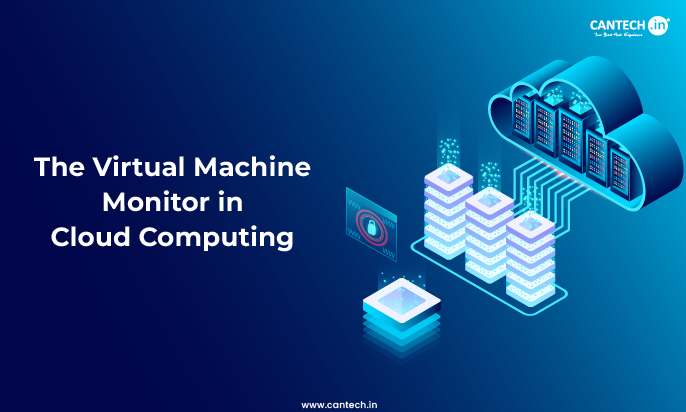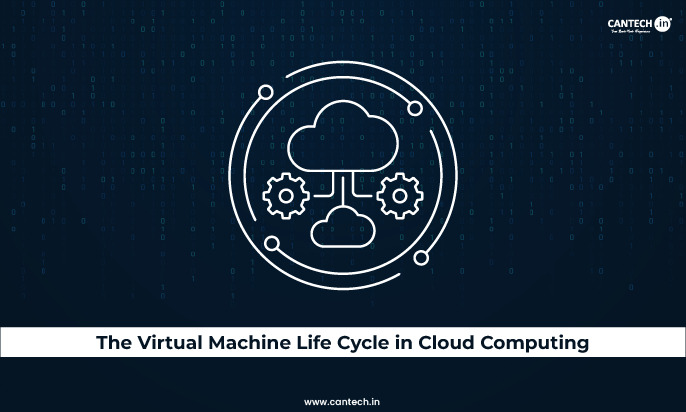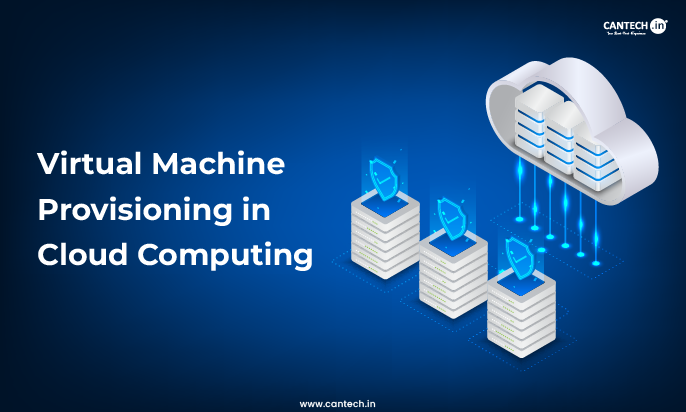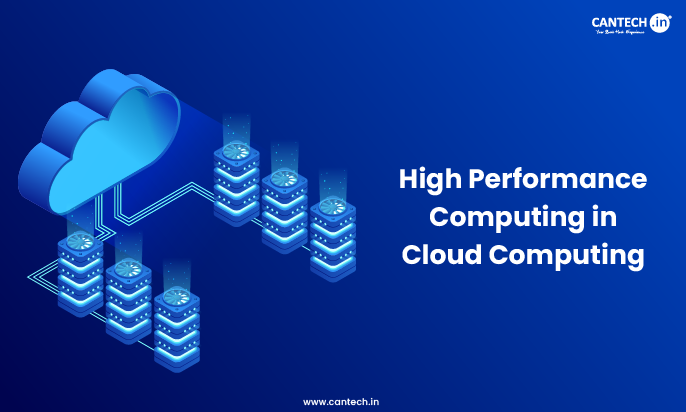This blog is talking about a technology that changes how we build and manage networks. This technology makes your business faster and saves you money.
Before this technology came along, every network job needed a physical box. You needed one box for your firewall. You needed another big box for managing your traffic. You needed a third box for something else entirely. Buying, installing, and maintaining all this dedicated hardware was very expensive and very slow.
We call this technology NFV. Well, NFV in Networking completely changed this old way. The NFV Full Form is simply Network Functions Virtualization. Let’s discuss it more.
What is Network Functions Virtualization?
So, what is NFV in networking?
The basic network function virtualization meaning is simple. It takes the functions performed by those physical hardware boxes and turns them into software. This software can run on standard servers. Thus, you no longer need proprietary hardware for specific tasks.
Thus, NFV Definition in a nutshell is that it takes network functions that traditionally lived on dedicated hardware and moves them onto standard, general-purpose servers.
The technology creates a flexible network environment. We explain network function virtualization as separating the service from the hardware. This separation gives you incredible speed and agility for deploying new services. The primary term, Network Functions Virtualization NFV, describes this entire architecture.
How NFV Architecture is Built
The European Telecommunications Standards Institute (ETSI) created the foundational design for Network Functions Virtualization. This design makes NFV reliable and standardized across the industry. Understanding the NFV architecture helps you understand its power.
The system has three main parts that work together to create the virtual network. Below, you can further understand the concept of ‘What is network functions virtualization’.
1. Virtual Network Functions (VNFs)
- The Virtual Service: VNFs are the software pieces that replace the physical appliances. These functions include virtual firewalls, virtual routers, and virtual load balancers. They perform the specific network jobs you need.
- Running on Software: You install the VNF software on a virtual machine (VM) or a container. Multiple VNFs from different vendors can run side-by-side on the same physical server.
2. Network Functions Virtualization Infrastructure (NFVI)
- The Hosting Platform: The Network Functions Virtualization infrastructure is the actual hardware and software that hosts the VNFs. This infrastructure includes standard, off-the-shelf servers, storage units, and network switches.
- The Virtualization Layer: This layer uses software like a hypervisor. The hypervisor creates and manages the virtual machines. This process abstracts the resources. The NFVI provides the compute, storage, and networking resources needed by the VNFs.
- Operating System Foundation: The infrastructure often uses the Linux operating system, which is very efficient for running the virtualization layer. This detail addresses how to implement network function virtualization in Linux.
You primarily implement NFV in Linux by using a hypervisor like KVM to create Virtual Machines (VMs) on commercial, off-the-shelf servers. This software approach allows you to run Virtualized Network Functions (VNFs) on top of the Linux operating system.
3. Management and Orchestration (MANO)
- Automation is Key: MANO provides the tools to manage the entire lifecycle of the VNFs and the NFVI. It automates complex processes like deploying, monitoring, scaling, and terminating network services.
- The Control Center: MANO is the intelligence that manages the entire Network Functions Virtualization system. It handles the whole lifecycle of the VNFs automatically.
- NFV Orchestration: The NFV orchestration component automates the provisioning and setup of network services. It allows network operators to link different VNFs together in a “service chain.” This chaining creates complex, end-to-end services quickly and reliably.
- Automated Scaling: MANO monitors the network traffic. It automatically scales VNFs up or down based on current demand. This saves resources during quiet times.
- Ensuring Service Continuity: It manages the entire process from start to finish. This makes sure that the virtualized services are always running smoothly and have the necessary resources.
Advantages of NFV
This section addresses the question: what are the benefits of network function virtualization?
Network Functions Virtualization delivers both faster service and lower cost. Now, the network function virtualization advantage explained below makes NFV a must-have technology.
Cost Savings
- Lower Hardware Costs: In place of the expensive and dedicated proprietary hardware, you purchase generic servers. This drastically reduces Capital Expenditure (CAPEX).
- Optimized Resource Use: Multiple network functions share the same physical server.
- Reduced Space and Power: Fewer physical boxes mean less data center floor space is needed. This reduces power consumption and cooling costs, lowering Operational Expenditure (OPEX).
Agility and Speed
- Faster Deployment: Service deployment is purely software-driven. You can launch a new service in hours instead of the weeks it took to order and install physical equipment. This speed is vital for time-to-market advantage.
- Customized Services: The virtualization layer lets you mix and match VNFs from various providers. This flexibility allows for the creation of unique, tailor-made services. The NFV network function virtualization solutions are adaptable to specific customer needs.
- Decoupling from Vendors: Network service providers are no longer locked into buying expensive, specialized equipment from only one or two hardware companies. They can use generic hardware from many suppliers.
- Rapid Innovation: Companies can quickly test and launch new services and features. They need not procure and rack physical hardware. This is one of the main benefits of NFV.
Scalability
- Scaling on Demand: Network traffic is rarely constant. With NFV, virtual functions can scale up (add capacity) or scale down (release capacity) automatically.
During high-demand events, the system can instantly launch new VNF instances on available servers. This gives consistent user experience without over-provisioning hardware.
Simplified Operations
- Centralized Management: NFV orchestration tools give you a single control point. You manage all network services from one centralized location.
- Simple Management: All these functions are now software, allowing them to be managed and automated using standard IT tools.
- Automated Updates and Maintenance: Software is much easier to patch, update, and manage than proprietary hardware. Automated systems can handle updates without service interruptions.
NFV vs SDN: Comparison
Network Functions Virtualization and software-defined networking – both are critical modern networking concepts. However, they perform different tasks. The Difference between SDN and NFV is about what is being virtualized. NFV virtualizes the functions. SDN virtualizes the control.
They work best together. An NFV-provided service like a virtual load balancer can be managed by the central intelligence of software-defined networking. NFV vs SDN is not a competition. They are complementary technologies.
This explains the relationship between SDN and NFV.
| Feature | Network Functions Virtualization (NFV) | Software-Defined Networking (SDN) |
| Primary Focus | Virtualizing network services and applications. | Centralizing control of network traffic paths. |
| What it Does | Replaces physical network appliances with software (VNFs). | Decouples the control layer from the data forwarding layer. |
| Goal | Reduces CAPEX and increases service agility. | Improves network programmability and simplifies traffic management. |
| Role | Provides the virtual services (the function). | Provides the central intelligence (the control). |
Network Function Virtualization Example
The network function virtualization applications are everywhere in modern hosting.
- Virtual Customer Premises Equipment (vCPE): This is a key use case. Instead of installing a physical router or firewall at a customer site, we deploy a VNF. This VNF provides all the same services remotely. This saves immense time and travel costs.
- Virtual Security: Cantech Networks can instantly deploy a high-performance virtual firewall or intrusion detection VNF. We can then remove it just as easily when the customer no longer needs it.
- Managed Wi-Fi and Load Balancing: Services that manage heavy traffic loads can be scaled immediately. This ensures consistent service quality for all your customers. The virtual nature of the service provides instant capacity.
Conclusion
Network Functions Virtualization represents a fundamental shift in how we build networks. It moves the complexity from hardware to software. This change gives your business the agility it needs to grow quickly and efficiently. Network Functions Virtualization NFV solutions reduce costs. It speeds up service deployment. It enables the scalable future of networking.
A wide range of network function virtualization tools and platforms are available. They help in managing and orchestrating the NFV architecture effectively. Examples include open-source platforms like OpenStack and proprietary systems from major technology vendors.
The future points toward cloud-native network functions (CNFs). This is the next step in virtualization. CNFs use container technology (like Docker and Kubernetes) instead of traditional virtual machines.
Cantech Networks is committed to utilizing these technologies. This ensures you always receive the fastest, most flexible hosting platform available.
FAQs
What is NFV Full Form?
The NFV Full Form stands for Network Functions Virtualization. It refers to the industry movement to abstract network services from proprietary hardware and run them as software on generic servers.
What is Network Functions Virtualization?
The network function virtualization definition is straightforward: it is a method of implementing network functions as software that can run on commercial, off-the-shelf hardware. This means a single, regular computer server can host multiple network jobs.
Is NFV the same as cloud computing?
NFV uses virtualization technology, which is also the basis of cloud computing. However, NFV specifically focuses on optimizing network services and carrier-grade functions.
What are Virtual Network Functions (VNFs)?
VNFs are software implementations of network functions. They perform tasks like routing, firewalls, and load balancing. They replace the dedicated physical appliances of the past.
What are NFV Orchestration tools used for?
NFV orchestration tools automate the entire service lifecycle. They deploy, manage, scale, and monitor the VNFs within the Network Functions Virtualization environment.
What is the main Network function virtualization advantage for a customer?
The main network function virtualization advantage is the rapid time-to-market. Your hosting services can be scaled and new features can be launched much faster and more cost-effectively than ever before.






